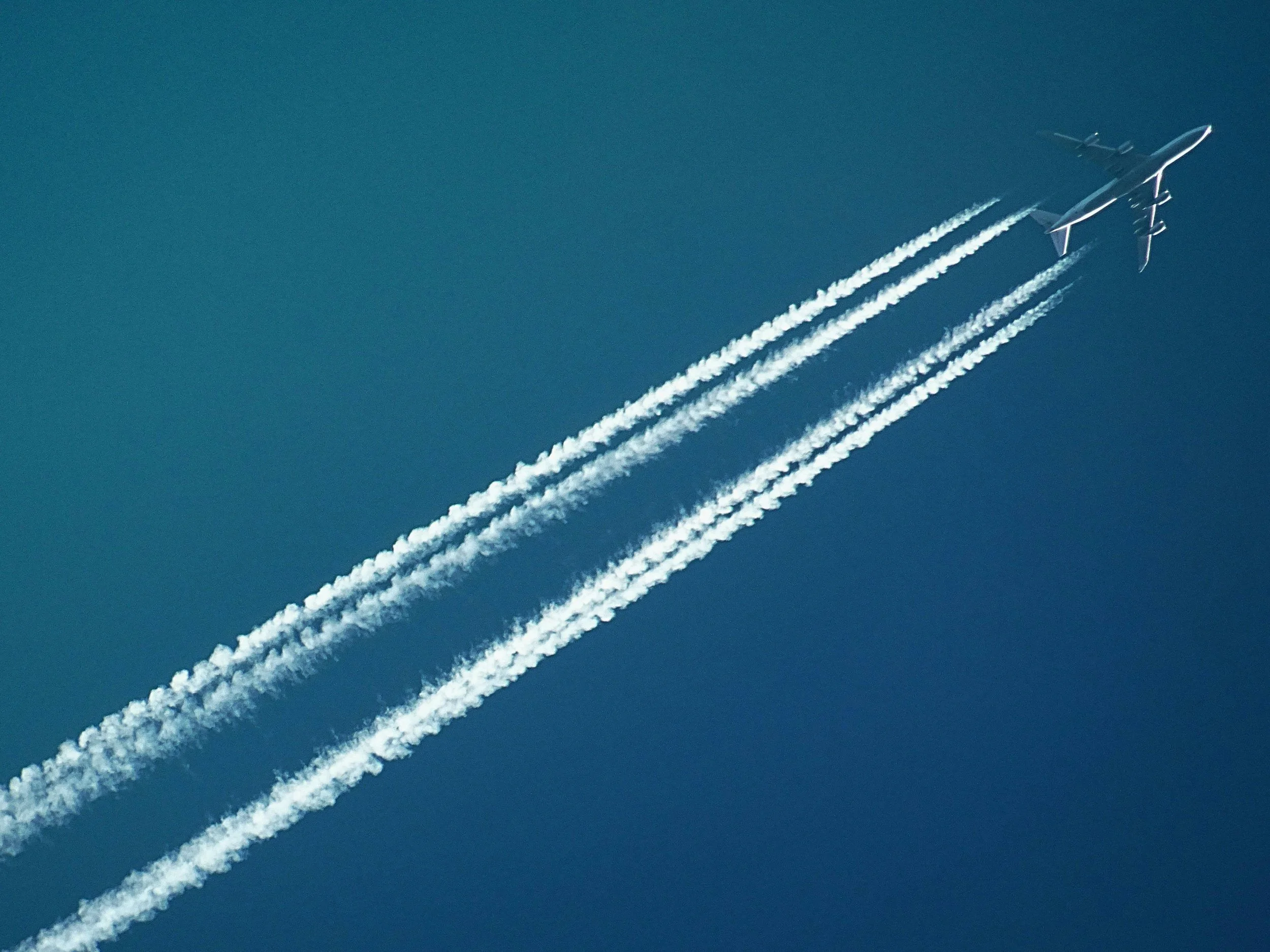My Return to Cuba
/In the years since my first trip to Cuba, much has changed. In 2004, the only way for Americans to enter the country was to covertly fly in from another country and politely request no passport stamp. I had flown north to Toronto to then fly 90 miles south of the United States, joining a group of Canadians going on holiday. I made it through customs at the airport in a very timeless region in the southern part of the country where mules, donkeys, and horses are the primary source of transportation. Many of the villagers I met were descendants of slaves who hid in the mountains after escaping on foot from the slave encampment in Santiago de Cuba sometime in the late seventeenth century.
I vowed to return to Cuba again when restrictions were more relaxed and I could enter under easier, and legal circumstances. Cuba had swept me off my feet. Two weeks there felt like a month because of the sheer amount of experiences we had, but I felt like I had only scratched the surface of this country.
This past March, I had the opportunity to legally travel to Cuba on a people-to-people program with Benjamin Porter, founder of Small Footprint Travels. The people-to-people trip was exactly how I like to travel — Benjamin arranged interactions with locals every day, we danced to Cuban music, ate Cuban food, and learned about the Cuban way of life… not to mention drinking ample mojitos along the way.
Our group of 14 traveled from Havana, Cuba’s dense capital with a population of 2.5 million people, to Cienfuegos, a city on the southern coast of Cuba, with a population of 150,000, to Viñales, a small town and UNESCO site in the north-central Pinar del Río Province of Cuba with a population of around 27,000. Vinales is most notable for its mogotes, a series of tall, rounded hills that rise abruptly from the flat plain of the valley.
Within just a few hours after landing in Havana, we made our way to the Ciudad Deportiva stadium to become a part of Cuban history and attended the free, outdoor concert by the Rolling Stones, who played to an estimated 500,000+. This concert marked a huge moment for the Cuban people, and seemed more of an event than the Obama visit just a few days prior. And here we were, rocking out to The Rolling Stones in Cuba. When Mick shouted "Habana! Esta' en talla!", we knew this moment would be a part of our lives forever. To be sure, we were not certain anything from that point on would ever compare to this spectacular evening. But as the days went on, our people-to-people trip provided us an entirely unique opportunity to witness the incredible winds of change and to feel the vibe of its people.
We stayed in casa particulares - small bed and breakfasts run by locals, spent time in the Fabrica de Arte Cuba, home to the most collaborative arts project in Havana and visited organic farms and a tobacco farm. Wherever we went, people would try and strike up a conversation. Most didn't care that we couldn't understand much Spanish, while there were many people eager to practice the English they learned in school.
Cuba is a country of shortages so we all brought little gifts that we could give away. Some brought crayons and street chalk for children and others brought hygiene items not really found on the island. One person brought some baseballs. When we visited a tobacco farmer in the hills of Vinales, we were told he has a 10- year old son. When my friend gifted the farmer the baseball for his son, the man silently began to weep. Our guide and interpreter explained how the farmer's son, as so many Cubans, loves baseball, and had never really owned a baseball.
I was encouraged by the kindness of the Cuban people I met everywhere I went. The raising of the American flag in Havana represents the hope of something just getting started.
But even more is the way I feel now, remembering how I experienced this visit totally unplugged. Cuba has very little WiFi and very little phone service. Without my phone and all the distractions of my day to day online presence, I was quiet in a way I hadn't been in a long time.
Cuba is an island that assaults the senses and just being in this culture is an exhilarating and uplifting experience. Spending time in Cuba reminds me the simple things in life, such as salsa dancing and eating 'moros y cristianos' are the best. Looking back on this second trip to Cuba, I'm already nostalgic for the people I met and the places I visited.





